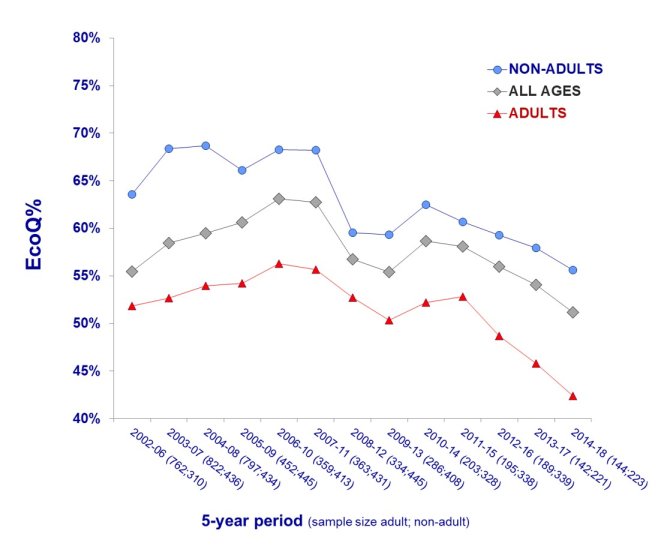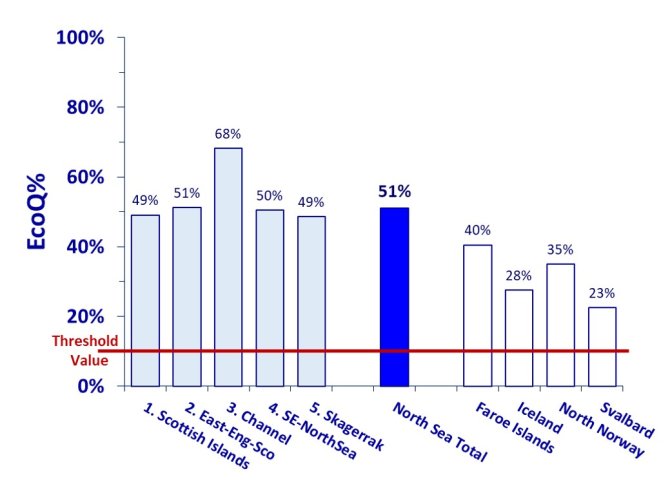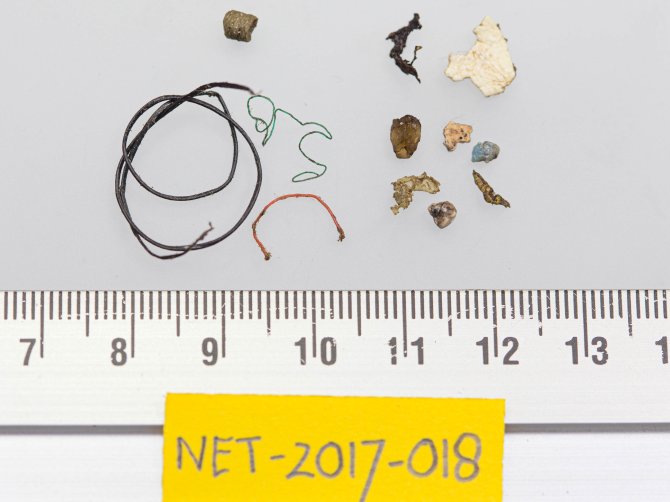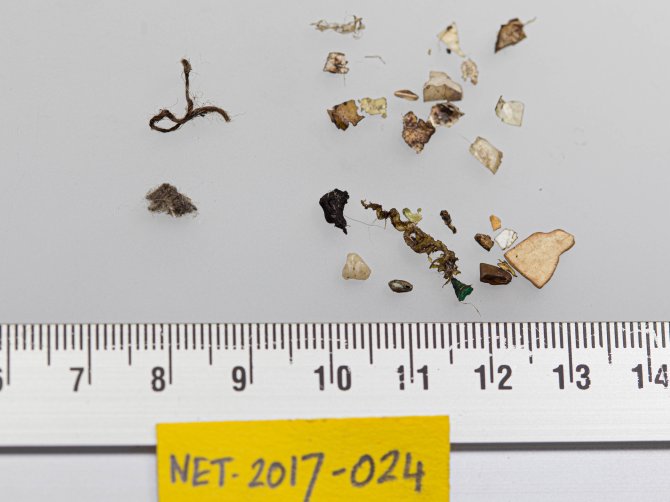
News
Looking into the future
The monitoring research of plastics in stomach contents of Northern Fulmars has made an important step forward. Together with colleagues from all North Sea countries and from Canada, Wageningen Marine Research has published a major scientific paper in the journal Marine Pollution Bulletin.
OSPAR and the EU
Monitoring marine litter using the stomach contents of fulmars continues to become firmly embedded in international marine policy. In countries around the North Sea, such research is well established in the agreements within the OSPAR treaty (the ‘Convention for the Protection of the Marine Environment of the North-East Atlantic’). More recently, the European Union has embedded this research in the ‘Marine Strategy Framework Directive (MSFD)’ and uses this approach for monitoring all European seas, applying it also to other animal species.
Good Environmental Status
OSPAR used a long term Ecological Quality Objective (EcoQO) which stated that the proportion of fulmars having more than 0.1 gram of plastic in the stomach should be reduced to under 10%. This limit was an arbitrary choice. The EU uses another approach and has formulated a general target for ‘Good Environmental Status (GES)’ in which no harm is caused to the marine environment and life forms in it. However in practice it is virtually impossible to provide evidence that marine plastic litter, within the multitude of other environmental factors, is not causing harm to an animal species. For this reason the EU has allowed an alternative target for GES which considers the situation in the most pristine environment for which data are available. The amount of plastics in stomachs of fulmars living there will then be used as the ‘Threshold Value’ that is aimed for as a part of achieving GES in European waters.

The Canadian Arctic
Fulmars from the higharctic Canadian regions were already known to be near the desired OSPAR 10% level. This is the most pristine area for which fulmar data are available. In order to establish an EU MSFD Threshold Level the available data were evaluated in detail. By combining earlier Canadian studies it could be established that among 179 stomachs that had been investigated, 18 contained more than 0.1 g of plastic. This translates into a percentage of 10.06%, so almost identical to the earlier arbitrary OSPAR target. The EU Threshold Value thus is almost the same as the earlier OSPAR target and will be committed to in the international agreements.

North Sea cooperation
The formal establishment of the Threshold Value represented a good point in time to combine fulmar data from all North Sea countries concerning compliance with policy targets. The power of cooperation using a standard method is thereby well illustrated. Nearly everywhere around the North Sea the abundance of plastic in fulmar stomachs appears to decrease somewhat, but only if all data are combined, that decrease is statistically significant. Unfortunately, also in recent years (2014-2018) 92% of fulmars had plastic in the stomach, on average 21 particles representing a plastic mass of 0.26 gram per individual. During this period, 51% of the birds had more than 0.1 g of plastic in the stomach, thus way above the GES Threshold Value. However, the analysis of the trend over all 2661 stomachs studied since 2002 shows a statistically significant decline that predicts reaching the 10% threshold around the year 2054.

Sufficient?
Whether this observed rate of decline of plastics in the North Sea is fast enough, is a matter of public debate and subsequent governmental policies. In this debate it will be wise to remember that even when the formal policy target is reached, many fulmars will still fly around with plastics in their stomachs, and up to 10% of the birds may hold even more than 0.1 gram. Our photographs illustrate stomach contents at the Threshold Value. They provide a strong message that our job to clean up the marine environment is far from completed even when current policy targets are met.


The article in Marine Pollution Bulletin has been published ‘Open Access’, which means it can be reached by anyone using its doi link.
Van Franeker, J.A., Kühn, S., Anker-Nilssen, T.,, Edwards, E.W.J., Gallien, F., Guse, N., Kakkonen, J.E., Mallory, M.L., Miles,W., Olsen, K.O., Pedersen, J., Provencher, J., Roos, M., Stienen, E., Turner, D.M. & Van Loon, W.M.G.M. 2021. New tools to evaluate plastic ingestion by northern fulmars applied to North Sea monitoring data 2002-2018. Marine Pollution Bulletin 166: 112246 (11pp+Supplement28pp)
In addition, the following link 'Article Plus Supplement' allows the download of a file in which the journal article and the online supplement have been merged in a single pdf.